PREVIOUS
SDG Goal wise programs of India – Part 01
November 11 , 2024
147 days
1301
0
SDG Goal wise programs of India – Part 01
(இதன் தமிழ் வடிவத்திற்கு இங்கே சொடுக்கவும்)
United Nations’ Sustainable Development Goals
- The United Nations’ Sustainable Development Goals (SDGs) were adopted in September 2015 by all 193 member states.
- These goals are part of a global agenda to promote peace, prosperity, and the protection of the planet by 2030.
- There are 17 goals, each with specific targets, addressing a wide range of global challenges, such as poverty, hunger, health, education, climate change, gender equality, clean water, and social justice.
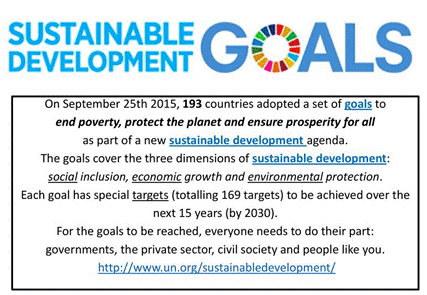
- The main purpose of the SDGs is to create a more sustainable, inclusive, and equitable world.
Aim:
- End poverty in all its forms everywhere.
- Zero hunger – ensure access to nutritious food for all.
- Good health and well-being for everyone.
- Quality education for all, promoting lifelong learning.
- Gender equality and empower all women and girls.
- Clean water and sanitation for everyone.
- Affordable and clean energy for all.
- Decent work and economic growth.
- Industry, innovation, and infrastructure.
- Reduced inequalities within and among countries.
- Sustainable cities and communities.
- Responsible consumption and production.
- Climate action to combat climate change.
- Life below water – conserve marine resources.
- Life on land – protect ecosystems and biodiversity.
- Peace, justice, and strong institutions.
- Partnerships for the goals – strengthen global cooperation.
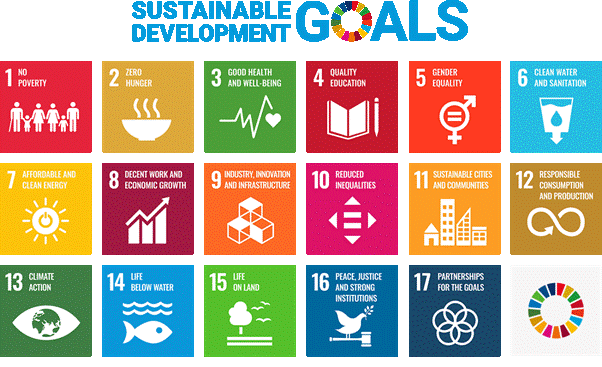
- The SDGs are about ensuring that no one is left behind and protecting the planet for future generations.
- They guide actions by governments, businesses, and individuals.
India and SDGs
- India, as one of the largest and most populous nations, has been actively working toward achieving the United Nations’ Sustainable Development Goals (SDGs).
- India’s vast and diverse socio-economic landscape, it faces unique challenges in meeting these goals.
- The country’s large population, regional disparities, and widespread poverty make it difficult to ensure that sustainable development benefits reach all citizens.
- However, India also has significant opportunities, including its growing economy and youthful population, to advance these global objectives.
- India’s approach to the SDGs must be tailored to its specific needs, focusing on issues like rural-urban divides, healthcare access, environmental sustainability, and economic inclusion.
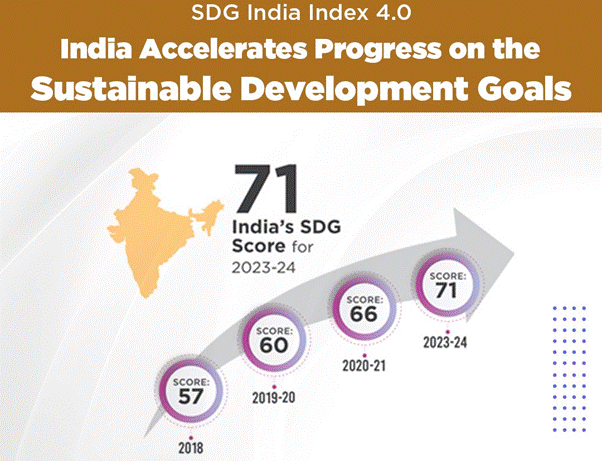
- While progress has been made, achieving the SDGs by 2030 will require continuous innovation and effort across all sectors.
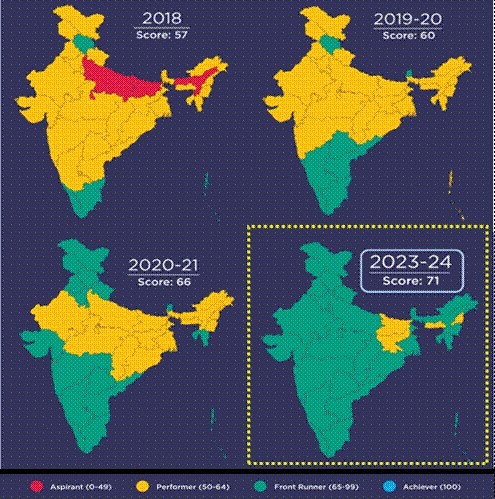
SDG Goal 01 – No Poverty
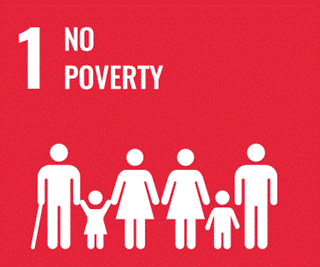
Mahatma Gandhi National Rural Employment Guarantee Scheme (MGNREGS)
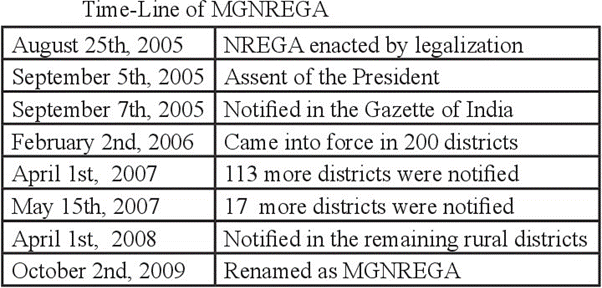
Year:
- Launched in 2005.
Ministry or Nodal Agency:
- Ministry of Rural Development.
Aim:
- To provide at least 100 days of guaranteed wage employment in a financial year to every rural household whose adult members volunteer for unskilled manual labor.
- Creation of durable assets in rural areas.
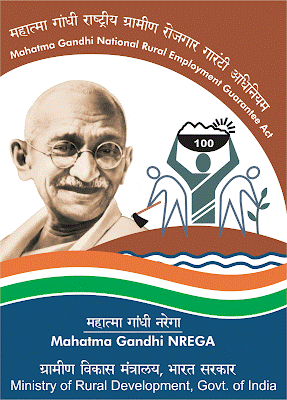
- To improve the livelihood security of rural households by providing wage employment opportunities.
Beneficiary:
- All rural households, especially those with adults aged 18 years and above, who are willing to perform unskilled manual work.
- Preference is given to women, with at least one-third of the beneficiaries being women.
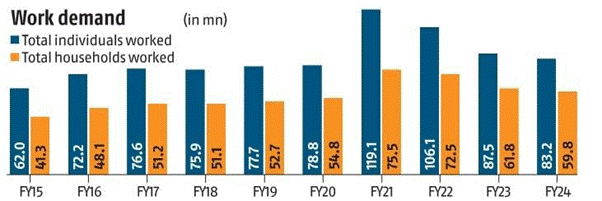
Eligibility:
- Rural households (excluding urban districts) where adults are willing to engage in unskilled manual labor.
- Special provisions for Schedule Tribe households and areas facing natural calamities (e.g., drought).
Benefits:
- Guaranteed employment of at least 100 days per household in a financial year.
- Right to demand and receive work within 15 days of applying.
- Right to unemployment allowance if work is not provided in a timely manner (within 15 days).
- Right to essential worksite facilities like medical aid, drinking water, and shade.
- Wage rates are based on the Consumer Price Index for Agricultural Labor (CPI-AL), reflecting inflation in rural areas, with state-specific variations.
- Recent Wage Rate Hike: In 2024-2025, the wage rates for unskilled manual workers have been increased by 3-10%, depending on the state.
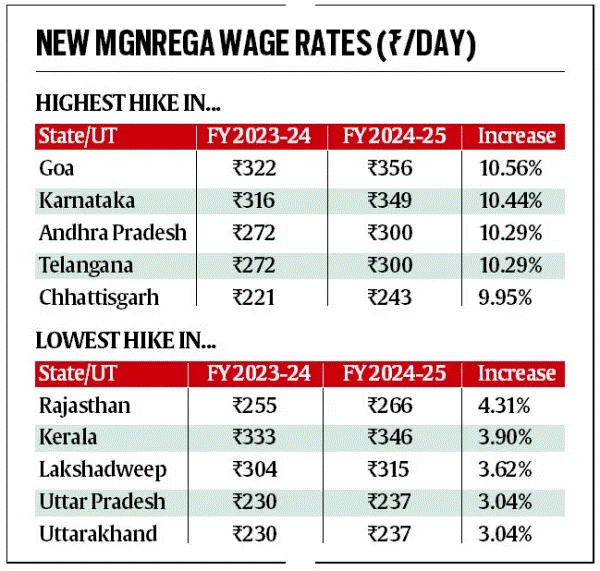
- Additional 50 days of work in case of natural calamities or for specific vulnerable households (e.g., STs).
- Wage-to-material ratio at the GP level is fixed at 60:40.
- Social audit through Gram Sabhas for all projects under the scheme.
- Geotagging of assets created under the scheme.
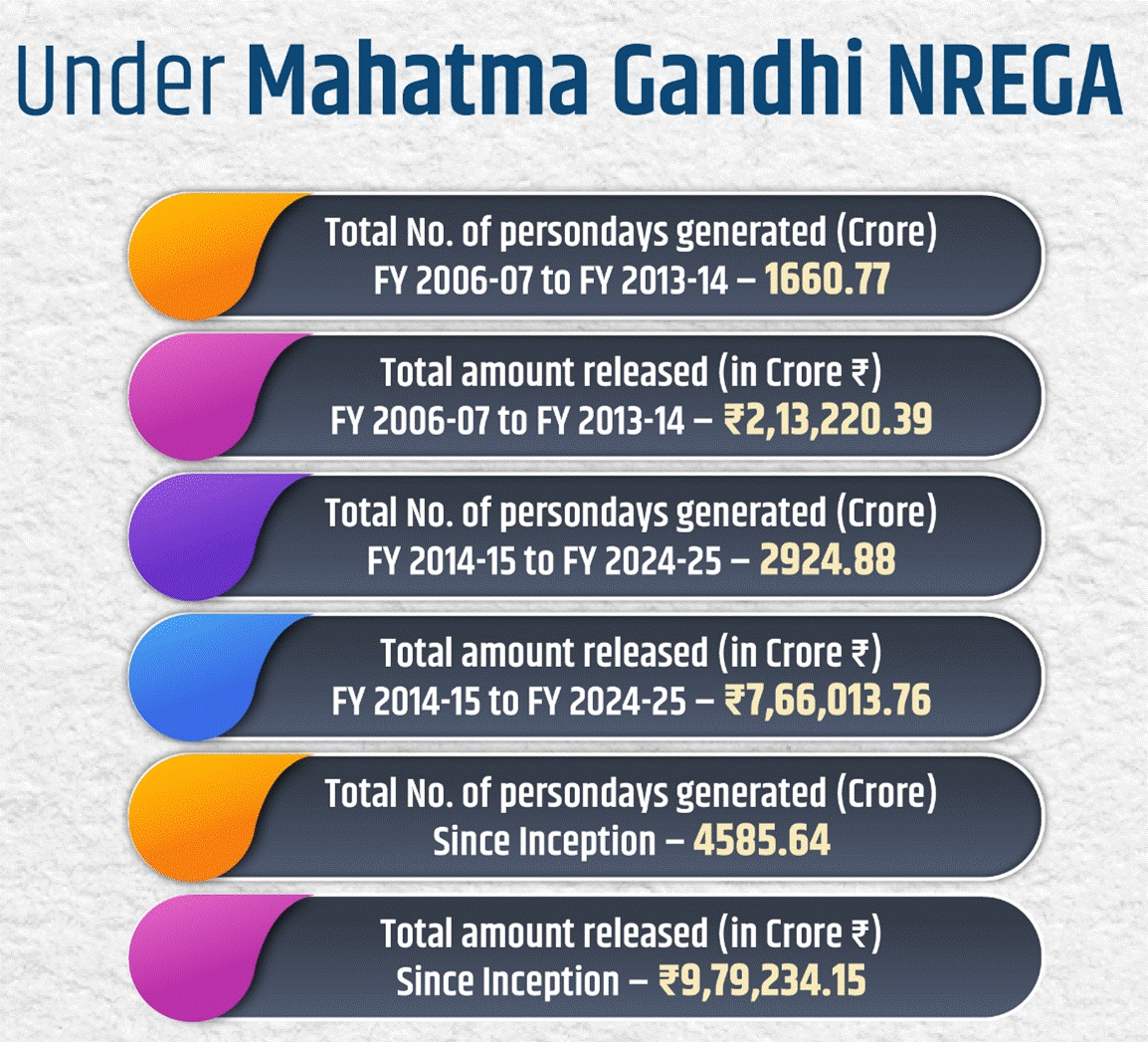
Additional Information:
- Geotagging of Assets: Using Geo MGNREGA in association with ISRO and the National Remote Sensing Centre (NRSC) to track the creation of assets.
- Social Audit: Regular audits by the Gram Sabha for transparency and accountability.
- Janmanrega: A citizen feedback tool to assess the effectiveness and impact of MGNREGA assets.
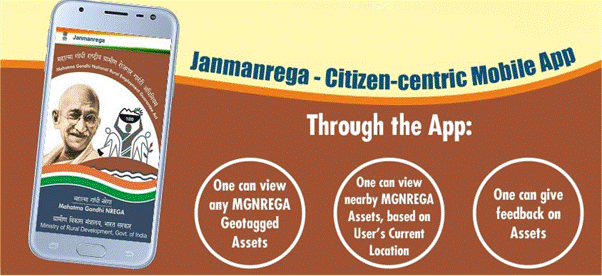
- Project 'UNNATI': A skilling initiative to help MGNREGA beneficiaries move from partial to full-time employment.
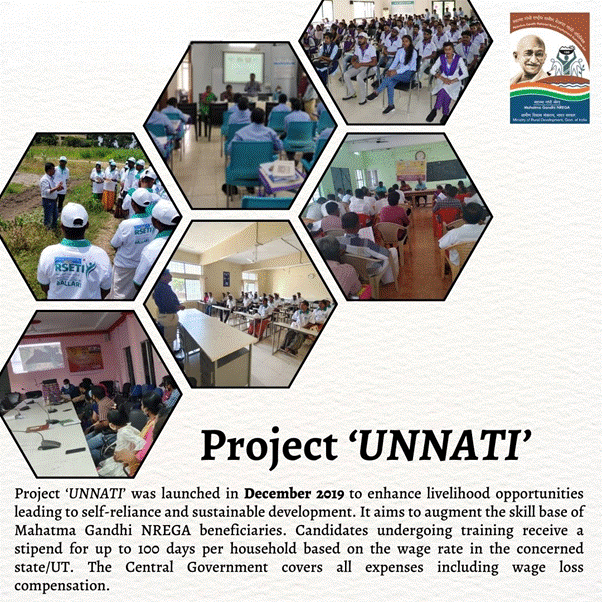
- Contractor-Free Model: No contractors are allowed under MGNREGS; all work is implemented directly by the local community.
Deendayal Antyodaya Yojana - National Rural Livelihood Mission (DAY-NRLM)
Year:
- Launched in 2010 (renamed in 2016)
Ministry or Nodal Agency:
- Ministry of Rural Development, Government of India.
Aim:
- To reduce poverty by providing poor households with access to gainful self-employment and skilled wage employment opportunities, leading to sustainable and diversified livelihood options.
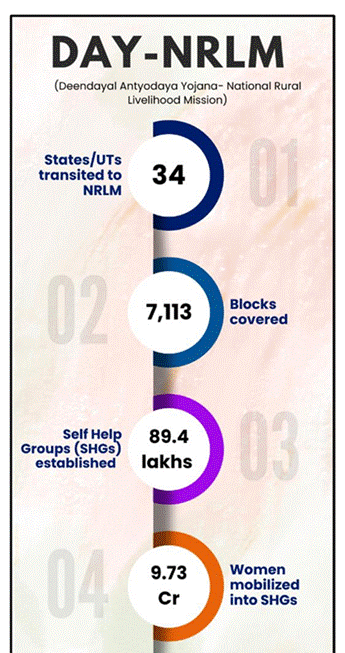
- The program primarily targets women and empowers them by forming Self-Help Groups (SHGs), which act as institutions for providing financial services and promoting livelihoods.
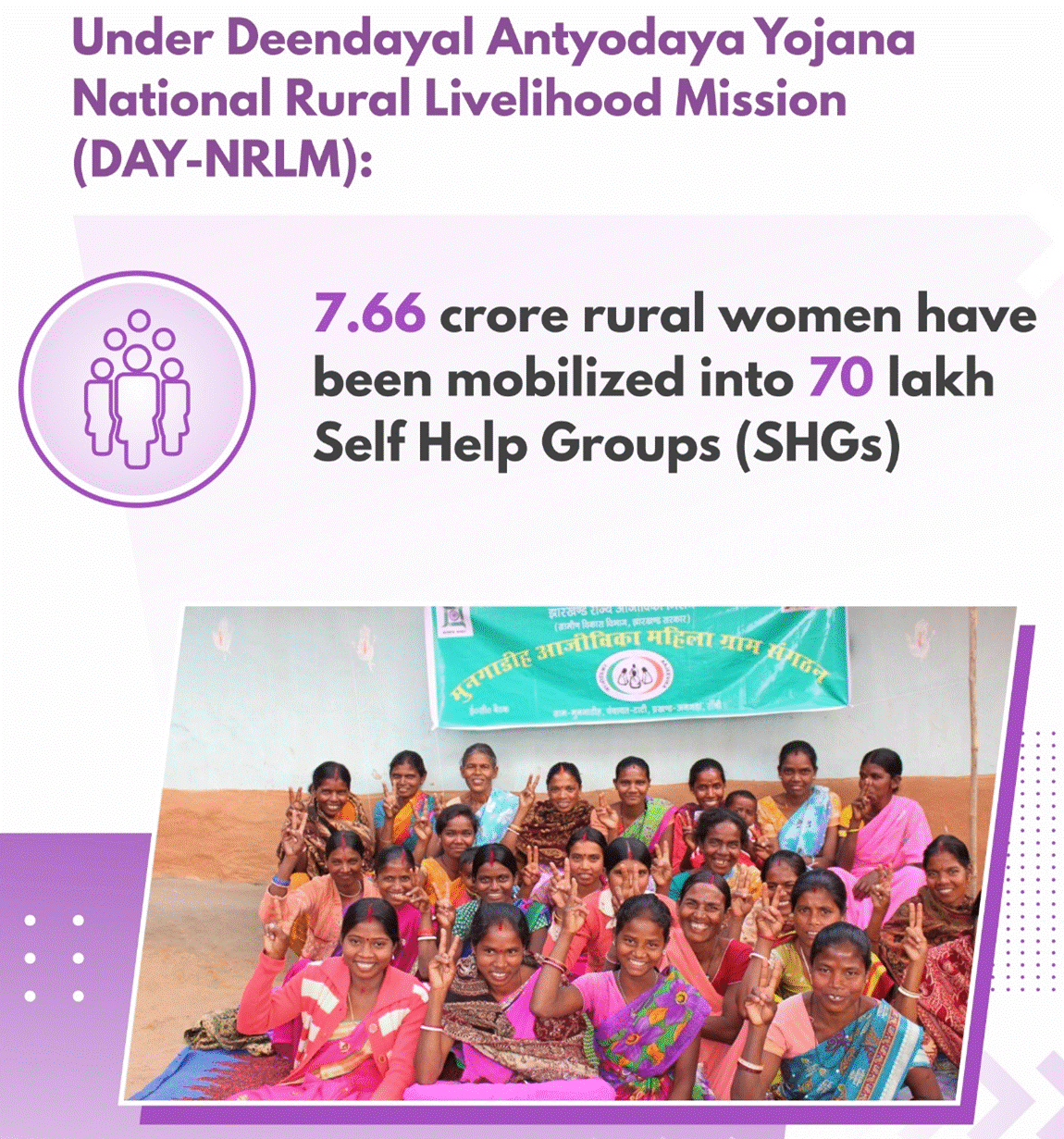
- The mission promotes access to formal credit, livelihood diversification, and access to public services and entitlements.
Beneficiary:
- Rural poor households, with a focus on empowering women, especially through Self-Help Groups (SHGs).
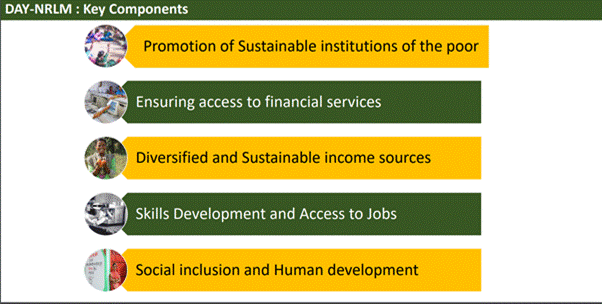
- The program aims to mobilize all rural poor households into SHGs, with the active involvement of women in the formation and management of these groups.
Eligibility:
- Rural households, particularly those below the poverty line.
- Women from these households, as each SHG is ideally composed of women.
- Special emphasis is given to marginalized communities and households facing multiple vulnerabilities.
Benefits:
- Access to financial services, including formal credit and bank linkages.
- Support for livelihood diversification and strengthening.
- Training, capacity building, and empowerment of women through community resource persons (CRPs) such as Krishi Sakhis, Pashu Sakhis, and Bank Sakhis.
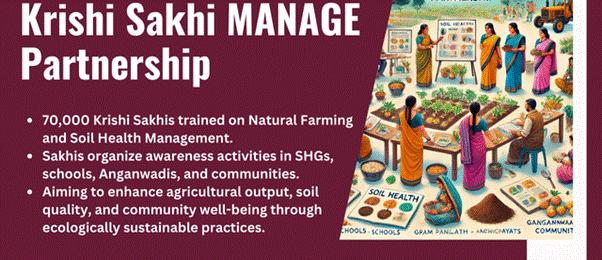
- Revolving Funds (RF) of ₹10,000-15,000 to SHGs to meet members' credit needs and leverage bank finance.
- Seed Capital through the Community Investment Fund to SHG federations for collective activities at the cluster level.
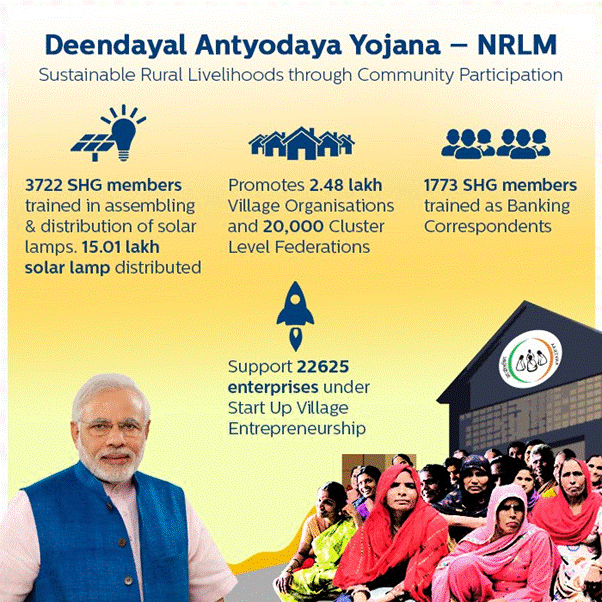
- Skill development and training for rural youth to enhance self-employment and job placement.
Additional Information:
Key Features:
- SHG Formation: One woman from each rural poor household is included in a Self-Help Group (SHG), with a focus on bank linkage arrangements.
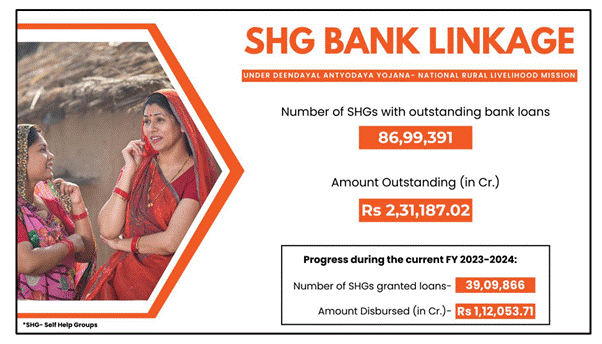
Four Key Components:
- Social Mobilization & Capacity Building: Empowering rural communities and building institutions.
- Financial Inclusion: Ensuring access to financial services.
- Livelihood Promotion: Support for sustainable livelihoods and market linkages.
- Convergence: Collaboration with various government programs for holistic poverty reduction.
- Skill Development: Training rural youth for employment and self-employment through Rural Self-Employment Training Institutes (RSETIs).
- Farm Livelihoods: Emphasis on agri-based livelihoods through Mahila Kisan Sashaktikaran Pariyojana (MKSP) and other farm interventions.
- Community Resource Persons (CRPs): Training women in various specialized areas like agriculture (Krishi Sakhis), livestock (Pashu Sakhis), banking (Bank Sakhis), etc.
- Revolving Fund (RF) & Community Investment Fund (CIF): Providing financial support to SHGs for working capital and to SHG federations for collective activities.
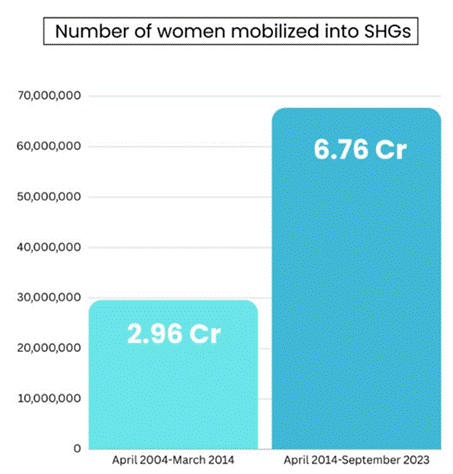
Recent Developments (FY 2023-24):
- Loan Disbursements: As of December 2023, 39 lakh SHGs have received loans amounting to ₹1.12 lakh crore.
Mahila Kisan Empowerment:
- 31.03 lakh women farmers covered under agro-ecological practice interventions.
- 21.84 lakh households with Agri Nutri Gardens.
- 1,16,284 villages covered under farm livelihood interventions.
- 5.76 lakh women farmers organized into Farmer Producer Organizations (FPOs).
Farm Livelihoods Interventions:
- Mahila Kisan Sashaktikaran Pariyojana (MKSP): A subcomponent aimed at empowering women farmers by strengthening community institutions and promoting sustainable agriculture.
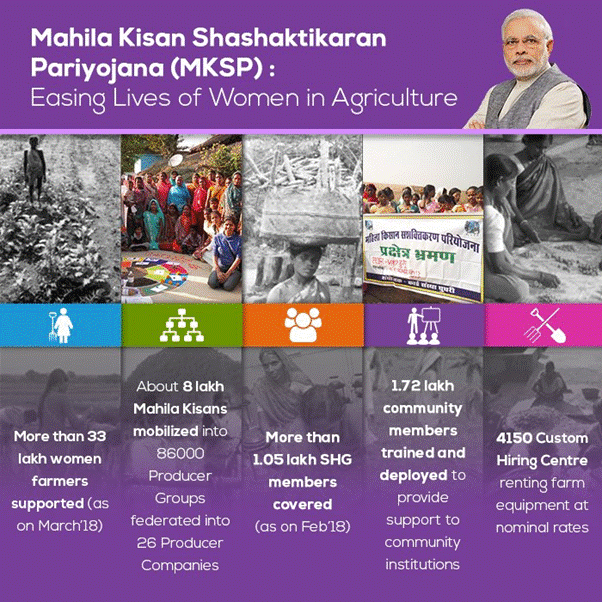
- Farm Livelihoods in Intensive Blocks: Promoting sustainable agriculture, livestock, and non-timber forest products (NTFP) in targeted areas.
- Organic Farming and Value Chains: Encouraging organic farming, creating farm value chains, and providing market linkages for better access to markets.
Implementation:
- The scheme is implemented in a phased manner across the country, overseen by State Rural Livelihood Missions (SRLMs) and District Mission Management Units (DMMUs).
- Local-level implementation is carried out by Block Mission Management Units (BMMUs) under district administration guidance.
- Phased Expansion: The program aims to mobilize all rural poor households by 2023-24.
-------------------------------------
Leave a Reply
Your Comment is awaiting moderation.


